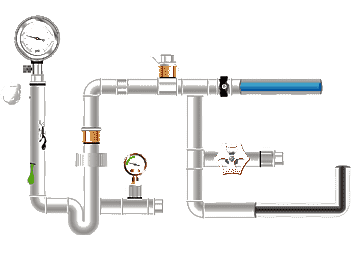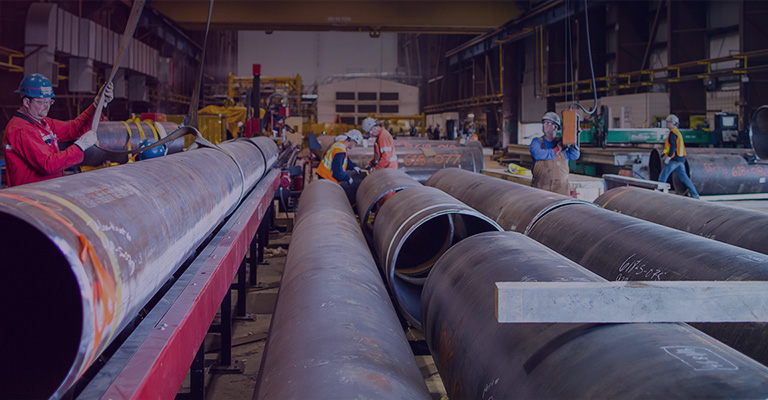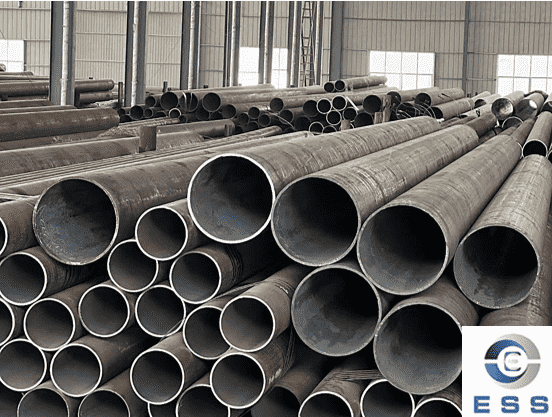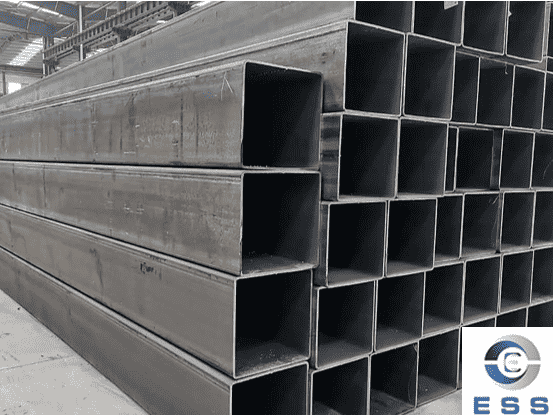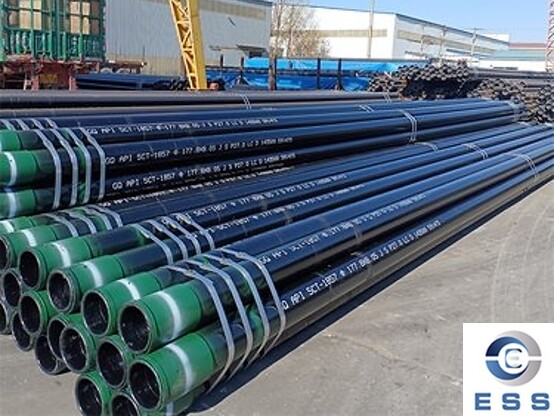
As an OCTG pipe, casing pipe plays an important role in the oil industry. It is usually used with drill pipes and pup
joints during drilling. However, it is easily corroded and affects normal
operation if it is exposed to harsh environments for a long time. Therefore,
effective anti-corrosion measures must be taken, and casing pipe that has been
subjected to anti-corrosion measures must be inspected regularly.
Reasons why casing pipe needs corrosion
protection
During use, casing pipe will be subject to
various corrosions, including chemical corrosion, electrochemical corrosion,
microbial corrosion, etc. If the casing pipe is not anti-corrosion, it will
cause the pipeline to be corroded, thus affecting the service life and safety
of the pipeline.
Methods and measures for casing pipe
corrosion protection
1. Internal corrosion protection
Internal corrosion protection refers to
applying a layer of anti-corrosion paint or lining inside the casing pipe to
prevent corrosion inside the pipeline. The methods of internal corrosion
protection include coating
method and lining method. The coating method is to spray a layer of special
anti-corrosion paint inside the pipeline, and the lining method is to line the
casing pipe with a layer of anti-corrosion material, such as fiberglass,
polymer and ceramic.
2. External corrosion protection
External corrosion protection refers to
applying a layer of anti-corrosion paint or outsourcing on the outside of the
casing pipe to prevent the outside of the pipeline from being corroded.
External corrosion protection is generally carried out by coating method, or
outsourcing method, that is, a layer of ceramic or fiberglass and other
materials are put on the outside of the casing pipe for protection.
3. Use of anti-corrosion materials
In the manufacturing process of the casing
pipe, anti-corrosion materials can also be used for corrosion protection, such
as PTFE, FEP and other anti-corrosion materials. These materials have good
anti-corrosion properties and can effectively protect the casing pipe.
Common anti-corrosion detection methods
1. Visual inspection
Visual inspection is one of the most
commonly used anti-corrosion detection methods at present. By inspecting the
outer surface of the casing pipe, it is determined whether there are defects
such as rust, peeling, and cracks on the surface of the casing pipe. However,
this method requires manual participation, requires a lot of time and manpower
costs, and is easily affected by the subjective consciousness of personnel, and
cannot accurately evaluate the degree of corrosion of the casing pipe.
2. Coating thickness measurement
Coating thickness measurement is another
commonly used anti-corrosion detection method that can be used to measure the
thickness of the coating. This method can determine whether the coating has
reached the designed thickness and can detect whether the thickness of the
coating is uniform. However, this method cannot measure the degree of corrosion
under the coating.
3. Dielectric constant test
The dielectric constant test uses the
characteristics of electromagnetic waves passing through the casing pipe to
detect the degree of corrosion of the inner and outer walls of the casing pipe.
This method has the advantages of being fast, accurate, and non-contact, and is
suitable for detecting longer casing pipe sections. However, this method is not
suitable for detecting corrosion under the coating.
Detection methods suitable for downhole
casing pipe
In view of the special environment and use
requirements of downhole casing pipe, the following methods can be considered
for anti-corrosion detection.
1. Ultrasonic detection
Ultrasonic detection uses ultrasonic probes
to detect the inner and outer walls of the casing pipe, which can detect the
degree of corrosion and thickness of the inner and outer walls of the casing
pipe.
This method has the advantages of high
precision and high efficiency, and is suitable for detecting long-distance
casing pipe. In addition, this technology can be detected using automated
instruments to reduce manual intervention.
2. Electrochemical corrosion monitoring
Electrochemical corrosion monitoring is a
method of monitoring corrosion using electrochemical principles. The advantage
of this method is that it can monitor corrosion in real time and can
quantitatively analyze corrosion behavior, which is conducive to formulating
corresponding preventive measures.
3. Infrared temperature measurement
Infrared temperature measurement uses an
infrared camera to measure the temperature of the casing pipe surface, which
can determine whether the casing pipe surface is corroded. This method has the
advantages of being fast, accurate, and non-contact, and is suitable for
detecting shorter casing pipe sections.
Summary
The casing pipe needs to be anti-corrosion,
otherwise it will cause the pipeline to be corroded or even damaged. The
methods of casing pipe anti-corrosion include internal anti-corrosion, external
anti-corrosion, and the use of anti-corrosion materials. The detection effect
can be detected by non-destructive testing, adhesion testing, chemical
resistance testing, and other methods. In view of the special needs of downhole
casing pipe, it is very important to choose an anti-corrosion detection method
suitable for casing pipe. This article introduces three methods: ultrasonic
testing, electrochemical corrosion monitoring, and infrared temperature
measurement. You can choose an appropriate method to perform casing pipe
anti-corrosion detection as needed. It should be noted that safety should be
the primary consideration when implementing the test, and appropriate safety
measures should be taken to ensure the safety and smooth progress of the
detection process.









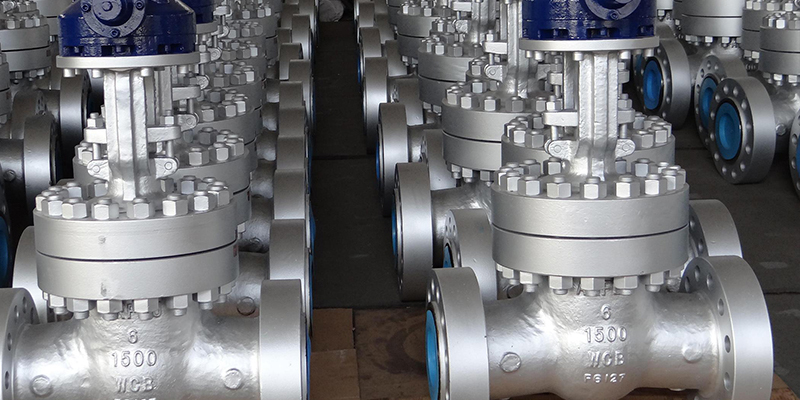
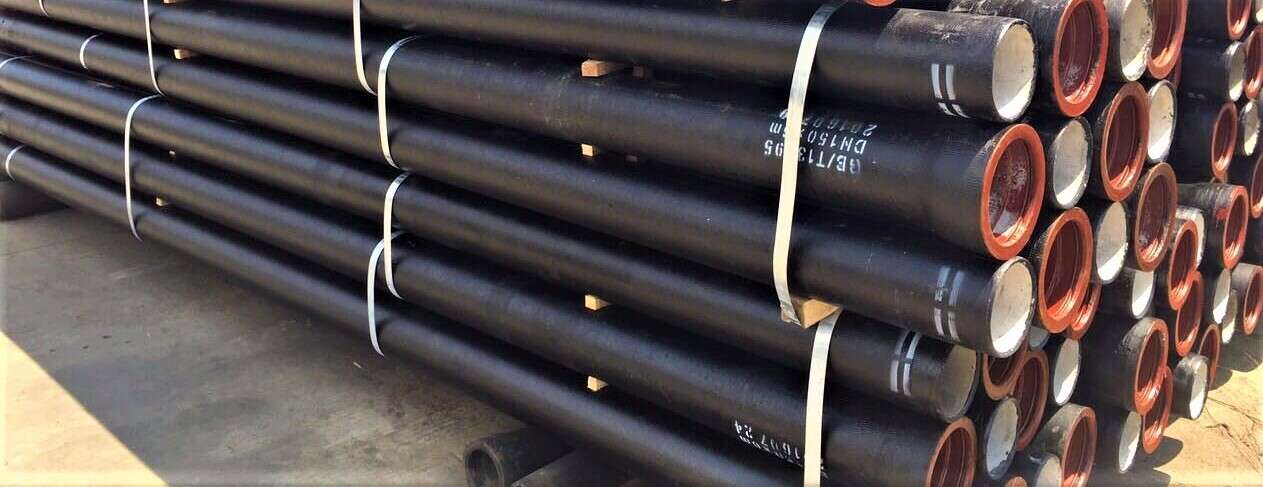


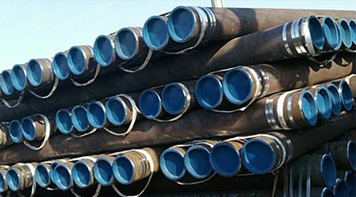 Eastern Steel Manufacturing Co.,Ltd not only improve product production and sales services, but also provide additional value-added services. As long as you need, we can complete your specific needs together.
Eastern Steel Manufacturing Co.,Ltd not only improve product production and sales services, but also provide additional value-added services. As long as you need, we can complete your specific needs together.
